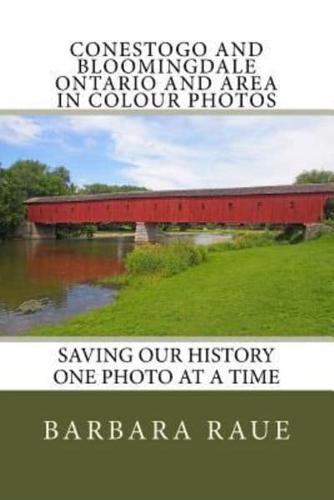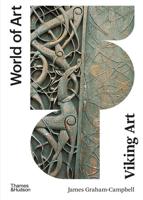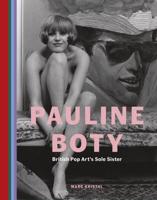Publisher's Synopsis
The Township of Woolwich is located to the north and east of the City of Waterloo. The Township of Waterloo was established in its present configuration by the Regional Municipality of Waterloo Act 1972, which created a regional government structure and established limits of the local municipalities in Waterloo area effective January 1, 1973.Woolwich Township began to be settled in the late 1700s, with William Wallace being one of the first settlers arriving in 1798. The township was named in honour of a government surveyor.Woolwich consists of an extensive rural area along with residential communities and industrial/commercial areas. The residential communities include: Elmira, St. Jacobs, Breslau, Conestogo, Heidelberg, Maryhill, Bloomingdale, West Montrose, Foradale, Winterbourne, Crowsfoot Corners, Mundil, Weber, Shanz Station, Martin Grove Village and Eldale.ConestogoConnestogo is located at the junction of the Grand and Conestogo Rivers in the township of Woolwich in Waterloo Region. The area was first settled in the 1820s by predominantly Mennonite settlers who had emigrated from Pennsylvania. They were followed by people of German and British background. The first mill in Woolwich Township was built in Conestogo in 1844 by David Musselman. Known earlier as Musselman's Mills, the settlement was renamed Conestogo in 1852. The name originated from the town and river of Conestoga in Lancaster County, Pennsylvania. By the middle of the 19th century, Conestogo was a thriving community of about 300 people. It boasted a number of businesses, including a foundry, flour mill, sawmill, furniture factory, paint factory, flax mill, distillery, four hotels, three blacksmiths, two wagon makers and a cooperage, among others. Two local brickyards produced the bricks of which many Conestogo buildings were constructed. The slow pace of Conestogo's development after the 1870s resulted in much of the architectural heritage being well preserved. The feed mill closed its feed production operation in 2008. New retail stores such as the Conestogo Mercantile and Baby Charlotte do business alongside the antique store and the well-known restaurant and dinner theatre, the Blackforest Inn.BloomingdaleThe community was named in 1861, likely by a settler from Pennsylvania after Bloomingdale in Luzerne County, Pennsylvania.West MontroseWest Montrose straddles the Grand River, one of Canada's historic rivers. West Montrose was settled in 1806 by Scots from Montrose, Scotland. The village was an industrious community with a woolen mill, saw mill, lime kiln, feed mill, two blacksmith shops, shoemaker and several stores. In 1902 the railway built tracks and a station north of the village to transport goods and livestock. Today the peaceful village is surrounded by Mennonite farms and most of the people living in the community commute to larger centers to work. The more recent outlying town is home to many large residences. The West Montrose covered bridge was constructed in 1881 by John and Benjamin Bear and is best known for being the last remaining historical covered bridge in Ontario. These bridges were known colloquially as 'kissing bridges' since couples would be out of sight as they passed through the bridge. While the original bridge was constructed entirely of wood, in a series of repairs and restorations the bridge uses a combination of materials but retains its original form. The Region of Waterloo, in collaboration with the Township of Woolwich and local residents, is committed to maintaining the West Montrose Covered Bridge as a viable open bridge with the appropriate limitations to ensure that the heritage integrity of the structure is conserved.











